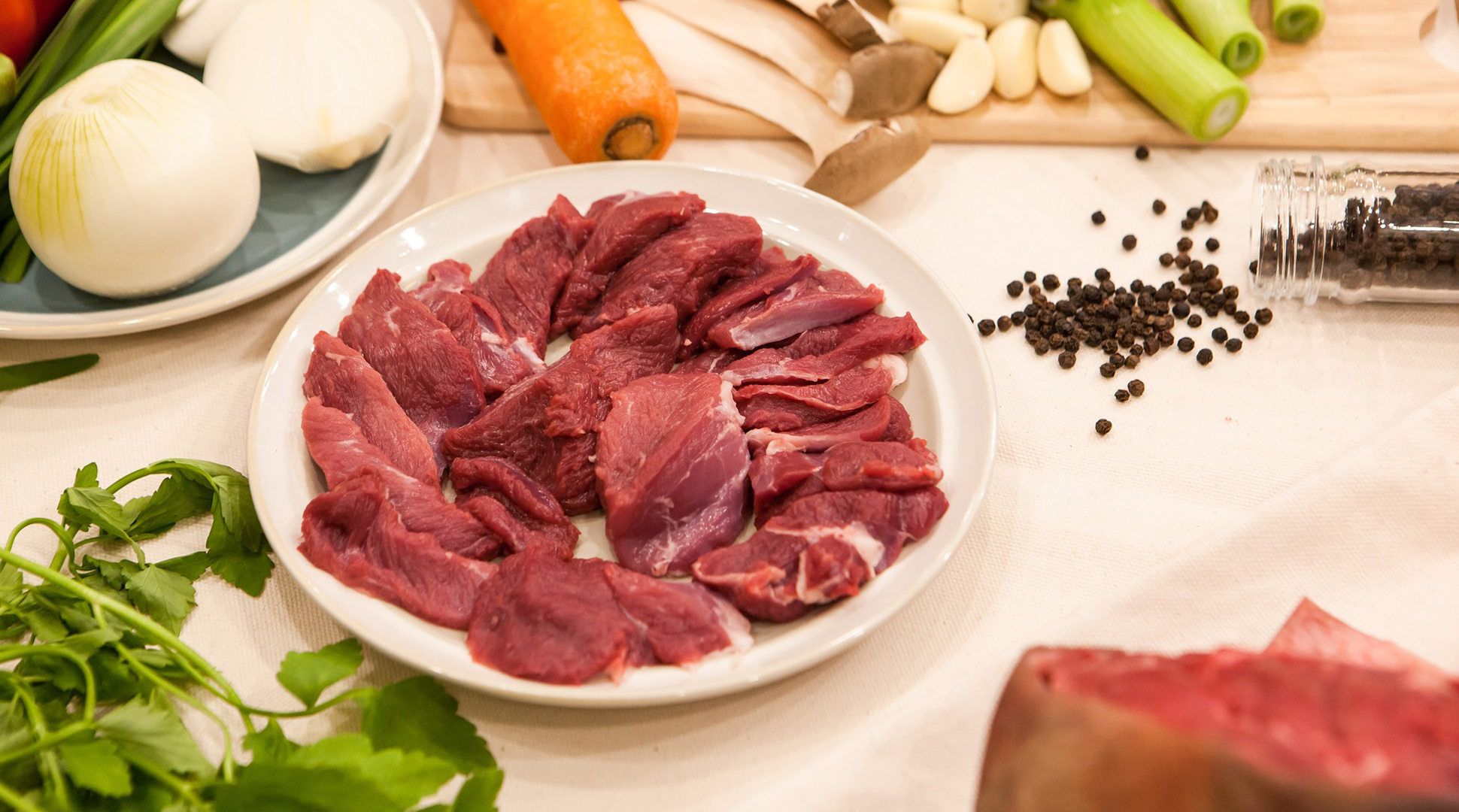Why do we need protein? And how do we get enough?
Protein is an essential building block for human health. Proteins are required for cells to do their work and help regulate our body’s tissues and organs.
According to the U.S. National Library of Medicine, “Proteins are made up of hundreds or thousands of smaller units called amino acids, which are attached to one another in long chains.”
While humans can create many amino acids, some of them can only be acquired through what you eat. We call those essential amino acids, and there are nine of them.
So how do you get these nine essential amino acids?
By eating protein, which is found in a variety of foods, including: Beef, pork and poultry, eggs, dairy products, nuts and seeds, seafood, beans and peas, soy products, and to a less extent grains and vegetables.
According to a Food and Drug Administration protein fact sheet, “Protein is a component of every cell in the human body and is necessary for proper growth and development, especially during childhood, adolescence and pregnancy.”
But it goes beyond that, as well. According to an article on the Midwest Dairy site, 45% of older adults in the U.S. have sarcopenia, which is a degenerative loss of muscle mass.
“Evidence shows that older adults may actually require increased protein to help preserve and build muscle. Research also shows that 30 grams of protein at each meal is sufficient to stimulate protein synthesis in both younger and older adults.”
So how can you make sure you are getting enough protein? While the daily value (based on a 2,000 calorie diet) is 50 grams per day, your individual needs may vary based on age, calorie needs and more.
Check out USDA’s Choose My Plate protein primer. It contains a daily protein needs table for children through adults, as well as “ounce equivalents” and common portions.
And remember, beef is a great option for your protein needs because in just one 3 oz. cooked serving, you're getting 10 essential nutrients, including about half your Daily Value for protein.
